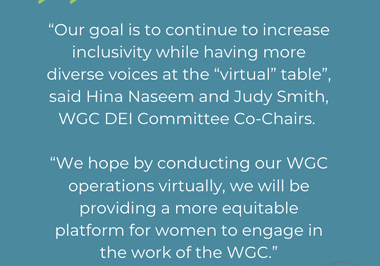 By Lyn Dippel
By Lyn Dippel
MAKE SURE YOUR PROJECT ISN’T AN OUTRAGEOUS FORTUNE
Since we typically spend more time indoors at home during the colder months, we’re often inspired to dive into home improvements However, remodeling projects can easily get expensive. Here are some considerations to help you prioritize.
First consider the cost versus the value of your proposed projects. Online tools, such as the remodeling calculator found at remodelingcalculator.org will show that some improvements will recoup their cost upon resale and others won’t. Even so, certain improvements may bring enough joy to your lifestyle to justify the cost.
Less costly projects that add a high percentage to the resale value include:
— Upgraded or refreshed landscaping – Trim or eliminate overgrown trees and shrubs to create more space and light. Replacing stale plants with fresh easy care perennials such as grasses and ground covers, and adding evergreens with colored leaves or fruits will update the yard without a big investment.
— Updated entranceways – A new front door offers high impact at minimal cost. Front light fixtures and house numbers can be updated easily and inexpensively—as can mailboxes.
— New fixtures – Replacing prosaic outdated light fixtures and faucets will make an older home seem more up-to-date for a minimal cost.
For larger projects, consult with a realtor in your area or an online guide like Remodeling’s annual cost versus value calculator remodeling.hw.net/cost-vs-value/2017. This resource gives average costs of various projects in your region, along with the estimated percent recouped at resale. In the D.C.-Baltimore area, lucrative undertakings include:
 • Installing high quality garage doors
• Installing high quality garage doors
• Turning an attic into a bedroom
• Replacing windows or siding
• Adding a wood deck
Once you’ve decided on the project, consider financing options. Many opt to use their home equity for a loan or a line of credit. A home equity loan resembles a traditional mortgage, with a lump sum repaid in equal monthly payments over a fixed term, usually up to 15 years. A home equity line of credit (sometimes referred to as a HELOC) gives you access to funds that you can draw upon anytime. Lines of credit work especially well with remodeling projects because fees for contractors and supplies are generally spread out, and taking out funds over time means you can avoid paying interest until you actually withdraw money. Interest on either type of loan is usually tax deductible.
Keep in mind that although debt financing can make sense in some situations, it is never a good idea to use home equity to fund a project that would otherwise be outside your means. For more information on using home equity as a source of funding see the government sponsored websites: files.consumerfinance.gov/f/201204_CFPB_ HELOC-brochure.pdf or https://www. consumer.ftc.gov/articles/0227-home-equity-loans-and-credit-lines.
Paying from savings may be an option as well. To determine whether to obtain a loan or pay cash, compare the after-tax interest expense with the investment return on your savings. Loans allow you to keep your savings and investments earning money for you. If, as is often the case, the rate you earn on your investment savings is higher than the interest you would pay on a loan, it makes sense to finance the expense. (See bankrate.com/ home-equity.aspx for current rates.)
As with any financial decision, proper planning and research can help improve your quality of life along with your net worth and help you avoid big mistakes along the way.
Lyn Dippel, JD, CFP®, president of FAI Wealth Management, provides financial planning and investment management for transitions such as retirement, career changes, sale of a business, relocation and inheritance




